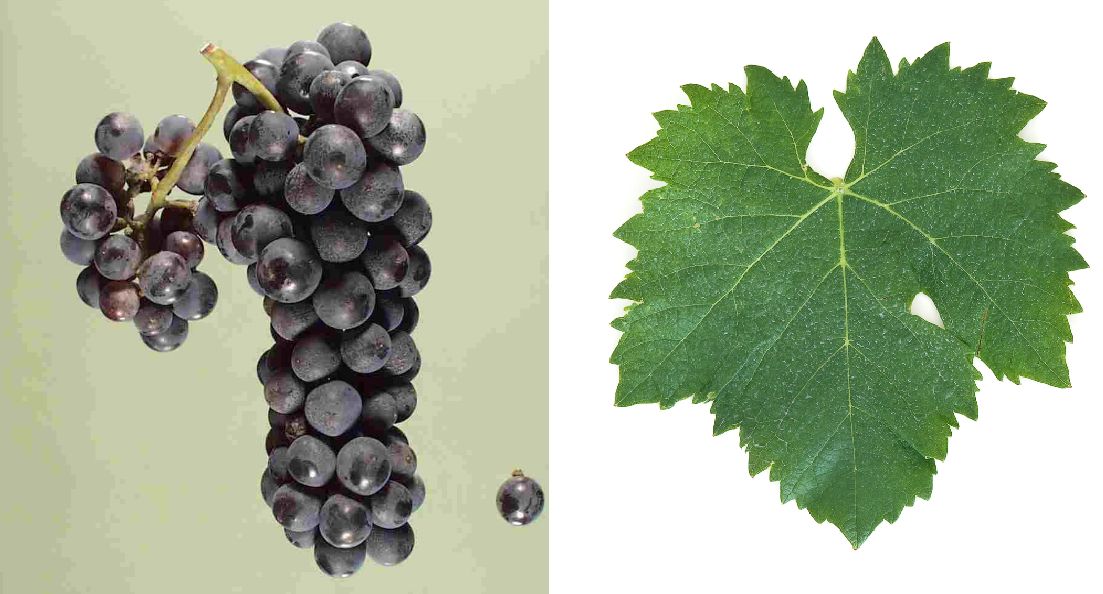This red grape variety comes from the Aosta Valley in Italy on the Swiss border. The name is probably derived from "corniolo", the Italian name for the Cornelian cherry. Synonyms are Broblanc, Cargnola, Cornalino Nero, Cornallin, Corniola,(Italy); Cornalin d'Aoste, Cornalino, Humagne Rouge (Switzerland). Despite seemingly suggestive synonyms or morphological similarities, it must not be confused with the varieties Olivette Noire (Corniola Nera), Petit Rou ge or Rouge du Pays (Cornalin du Valais). In Switzerland, Cornalin is counted among the Old Growth grape variety group.

The variety was widespread in the 19th century in the Italian Aosta Valley. Towards the end, it reached the Swiss canton of Valais, but was called Humagne Rouge there for almost a century (but is not related to the Humagne Blanche variety). In 1999, biologists Dr Giulio Moriondo and Dr José F. Vouillamoz established that Cornalin d'Aoste (Cornalin) and Humagne Rouge, which had been considered distinct until then, were identical. According to DNA analyses carried out in 2021, it originates from a presumably natural cross between Rouge du Pays and an unknown variety.
The late-maturing vine is generally resistant to fungal diseases. It produces colourful red wines with rustic, smoky tannins and aromas of black fruit and pepper. The variety is cultivated on nine hectares in the Italian Aosta Valley and is permitted here in the regional DOC wine. In Switzerland, on the other hand, the area under cultivation is 138 hectares. In 2016, a total of 147 hectares were reported with a falling trend (Kym Anderson statistics).
Source: Wine Grapes / J. Robinson, J. Harding, J. Vouillamoz / Penguin Books Ltd. 2012.
Images: Ursula Brühl, Doris Schneider, Julius Kühn-Institut (JKI)
Voices of our members

For my many years of work as an editor with a wine and culinary focus, I always like to inform myself about special questions at Wine lexicon. Spontaneous reading and following links often leads to exciting discoveries in the wide world of wine.
Dr. Christa Hanten
Fachjournalistin, Lektorin und Verkosterin, Wien